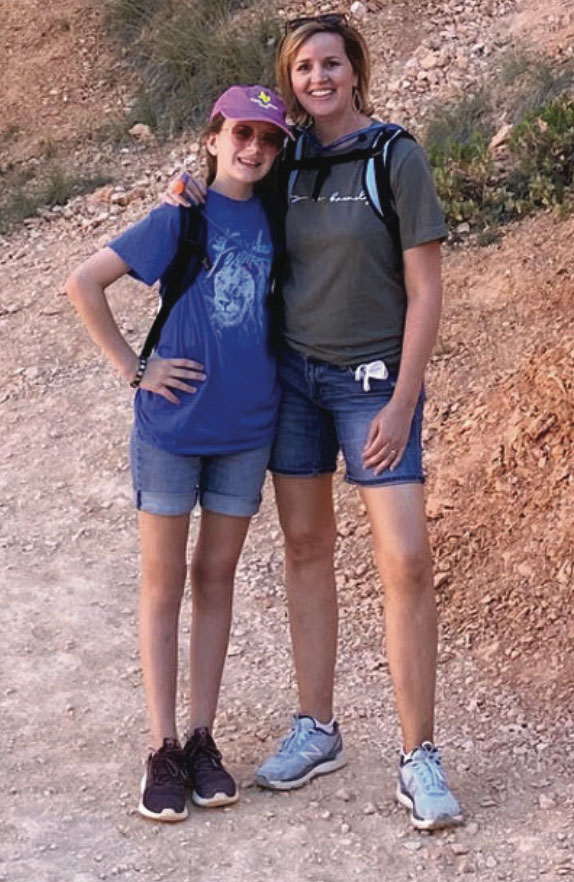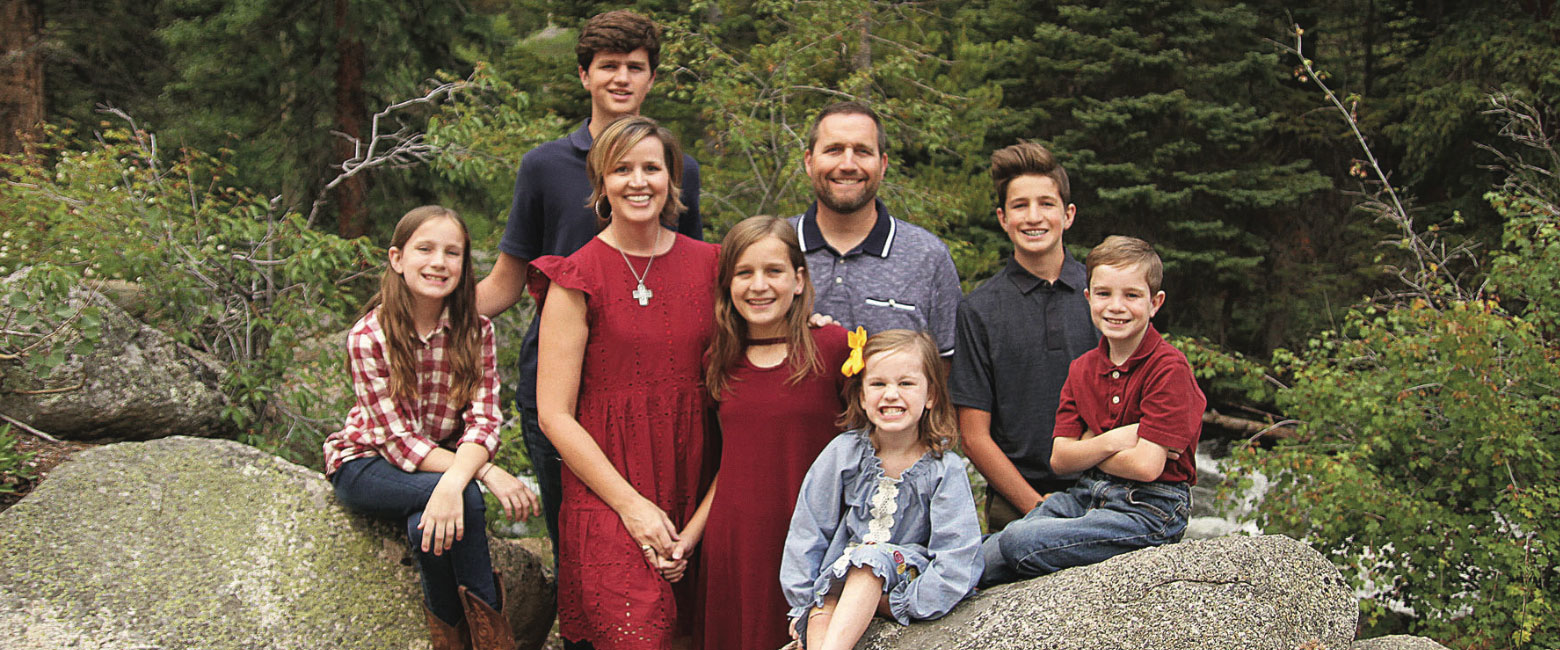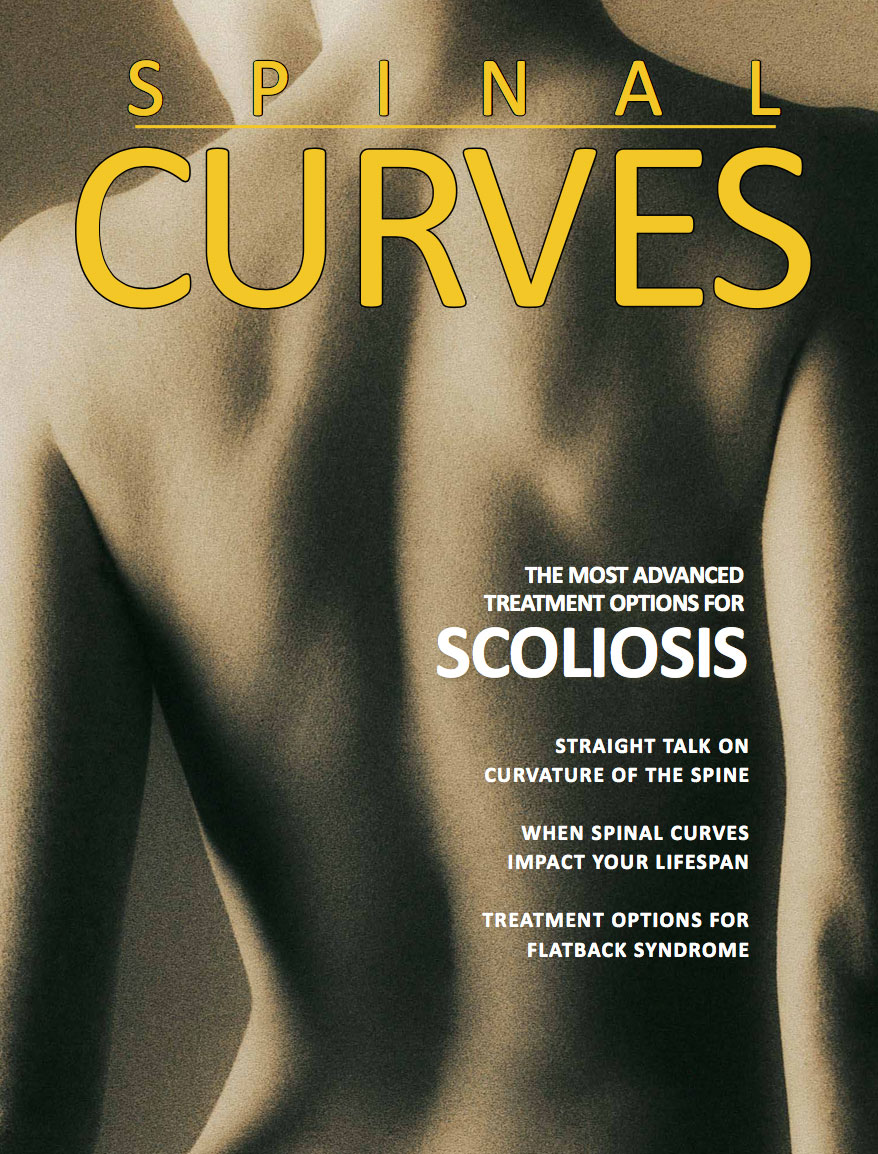
Adolescent Scoliosis
Bracing to prevent progression of two scoliosis curves
Clare started showing signs of it in the 4th grade — age 10, the same age as when my curve appeared.” Kathryn immediately took Clare to see Dr. Geck. “X-rays showed upper and lower curves of 21 and 24 degrees. Dr. Geck fitted her with a brace to help prevent the curve from worsening. With Clare’s diagnosis, Clare and I were both saddened but upbeat,” Kathryn notes. “We would deal with it together. I certainly had a personal perspective that I could lend. I think Clare did well with the diagnosis of a spinal curve and all her friends were very supportive. I was also sensitive to the issue of wearing a brace as I had gone through that myself. It helps that Dr. Geck is so good with her, and reminds her that it doesn’t have to be debilitating and that she will have a good quality of life.”
Dr. Geck notes that there are more advances today with mini scoliosis correction than was the case in 2006. “Usually, we can accomplish surgical correction with vertebral tethering or mini scoliosis surgery. Both are far less invasive than a long incision.”
Kathryn adds, “Dr. Geck’s an excellent surgeon, and he can make complicated things not so complicated which puts the situation in perspective. I’m grateful that he’s here in Austin.”
Meantime, Clare is able to continue with running cross country, and has an interest in theater at school. “So we are now in the watch-and-wait mode, and the brace is working. That’s good news, as it’s always a Mom’s goal to keep your child out of the operating room.”







